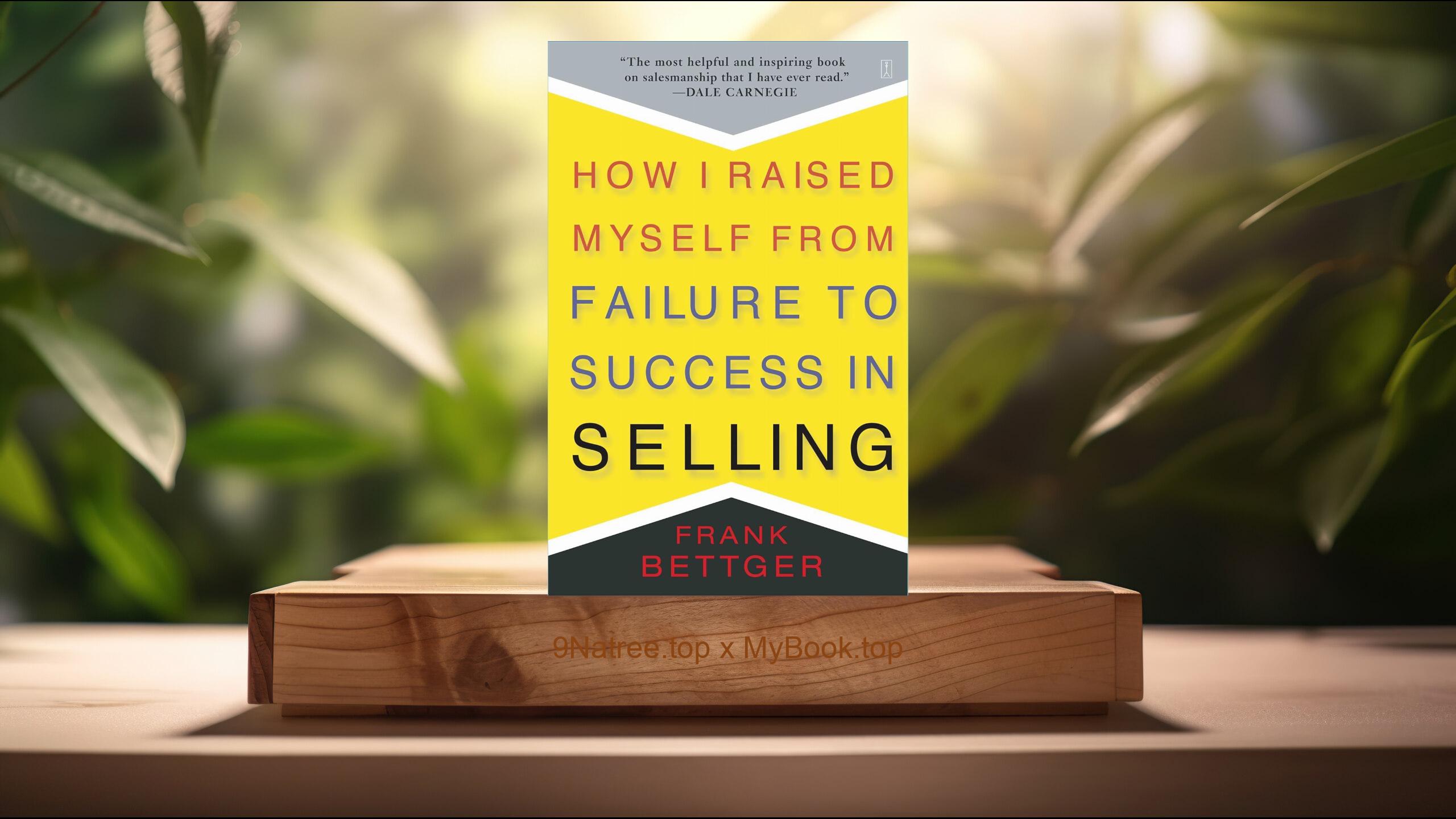Show Notes
Buy on Amazon: https://www.amazon.com/dp/B000OYD8T2?tag=9natree-20
Read more: https://mybook.top/read/B000OYD8T2/
#SocialDynamics #ViralTrends #BehavioralChange #MarketingStrategies #InfluencerTheory #EpidemicTheory #ContextualInfluence #MalcolmGladwell
These are takeaways from this book.
Firstly, The Law of the Few, The 'Law of the Few' is a principle suggesting that a small number of people are responsible for the majority of influences in any trend or phenomenon. Malcolm Gladwell categorizes these influencers into three distinct groups: Connectors, Mavens, and Salesmen. Connectors are individuals who have wide social circles and are adept at making connections between people from different worlds. Mavens are information specialists – proactive knowledge collectors who are passionate about sharing their findings with others. Salesmen, on the other hand, possess the unique ability to persuade others to agree with them, thereby influencing decisions and trends. These key individuals play pivotal roles in how quickly and effectively new ideas and trends can spread throughout society, acting as catalysts for change by leveraging their unique skills and attributes.
Secondly, The Stickiness Factor, The 'Stickiness Factor' refers to an inherent characteristic of an idea, product, or a message that compels it to 'stick' in the minds of people, making it memorable and encouraging further dissemination. Gladwell argues that small changes or tweaks in the presentation and structuring of information can significantly enhance its stickiness, thus facilitating its spread. This topic delves into various success stories from the realms of advertising, entertainment, and education, examining how altering minor aspects can lead to substantial impacts. By understanding the elements that make concepts sticky, Gladwell submits that individuals and organizations can engineer messages that resonate deeply with audiences, leading to widespread popularity and acceptance.
Thirdly, The Power of Context, Gladwell's 'The Power of Context' emphasizes the profound influence of environmental and societal contexts on individual behavior. According to this principle, people's actions and decisions are significantly shaped by their surroundings and the current state of their environment. This section explores psychological and sociological studies that demonstrate how subtle changes in context can induce drastic changes in behavior. From reducing crime rates by cleaning up urban spaces to influencing personal choices through peer pressure, 'The Power of Context' showcases the importance of external factors in determining the spread of trends and the adoption of new behaviors. Gladwell posits that by altering the environment in seemingly minor ways, we can produce disproportionately positive effects on societal behavior.
Fourthly, The Epidemic Theory of Change, Malcolm Gladwell applies the metaphor of epidemics to describe how social phenomena spread, labeling this the 'Epidemic Theory of Change'. Through this lens, ideas, products, and behaviors are seen as viruses that can initiate epidemics within societies when conditions are ripe. This topic dissects the mechanisms of epidemics, highlighting the rapid and uncontrollable spread that defines them. Gladwell explores historical and contemporary examples, illustrating how epidemics can inform our understanding of social change. The emphasis here is on understanding the thresholds that trigger tipping points, the role of early adopters, and how momentum generated by small groups can lead to widespread adoption or acceptance in the wider population.
Lastly, Case Studies: Tipping Points in Action, Gladwell enriches 'The Tipping Point' with numerous case studies that demonstrate his theories in real-world settings. This topic examines detailed accounts ranging from the unexpected resurgence of Hush Puppies shoes to the rapid spread of Syphilis in Baltimore. Each case study is meticulously analyzed to identify the factors and conditions that led to their respective tipping points. Through these examples, Gladwell offers insight into the complexity and multifaceted nature of societal changes, emphasizing the role of the 'Law of the Few', 'Stickiness Factor', and 'Power of Context'. The exploration of these cases provides a nuanced understanding of how small changes can indeed usher in monumental shifts, underscoring the book's central thesis.
In conclusion, Malcolm Gladwell's 'The Tipping Point: How Little Things Can Make a Big Difference' is a seminal work that meticulously dissects the anatomy of social epidemics. By distilling complex theories of social dynamics into accessible concepts, Gladwell equips readers with an understanding of how minor variations can precipitate significant societal shifts. This book is invaluable for marketers, educators, policymakers, and anyone interested in the mechanics of change. It also serves as a motivational blueprint for how individuals or small groups, understanding and harnessing the principles outlined, can indeed make significant impacts. 'The Tipping Point' captivates by illustrating the immense potential of minor adjustments, thereby inspiring us to rethink our strategies towards initiating positive change in our communities and beyond.
![[Review] The Tipping Point: How Little Things Can Make a Big Difference (Malcolm Gladwell) Summarized](https://episodes.castos.com/660078c6833215-59505987/images/1699854/c1a-085k3-1xgg0z3zc88q-vpvj4r.jpg)




